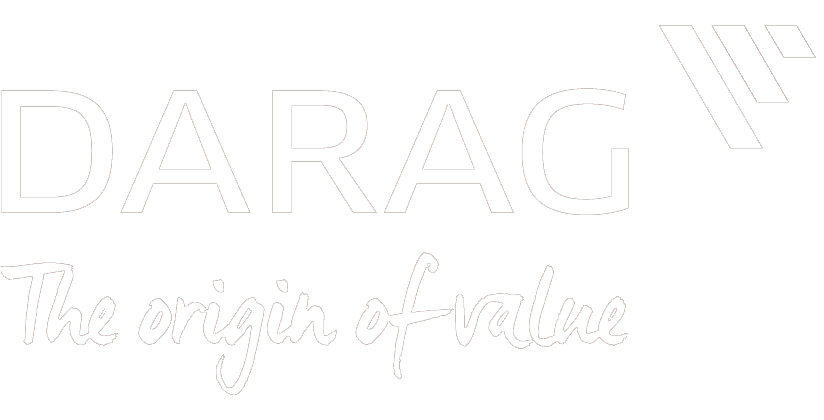90-minute virtual session
Have you ever been told by someone that you made them feel left out or less than welcome? Most of us have, and for most of us it’s something that’s happened by accident. Whether it’s through existing strong connections with people that take your focus, being driven by the task and not thinking about how you’re working with others, or through emotional leakage that people pick up through our behaviours and body language, it’s easy to create distance between ourselves and our colleagues.
This practical virtual workshop encourages participants to increase their self-awareness and create a strategy that ensures they work towards a culture of conscious inclusion.
Learning objectives
- Increased awareness of alienating behaviours
- Identify situations where people may be more likely to be excluded
- Use body language and behaviour to include others
- Develop an open communication style
- Build strategies for conscious inclusion
Format
Sessions are usually run on Zoom or Teams. Please let us know if you prefer a different platform.
Groups of up to 12 recommended, up to 20 if necessary. Please let us know if you have a larger group and we can tweak the session accordingly.
All participants receive a PDF of the slides, key learning points and pointers to further learning resources.











